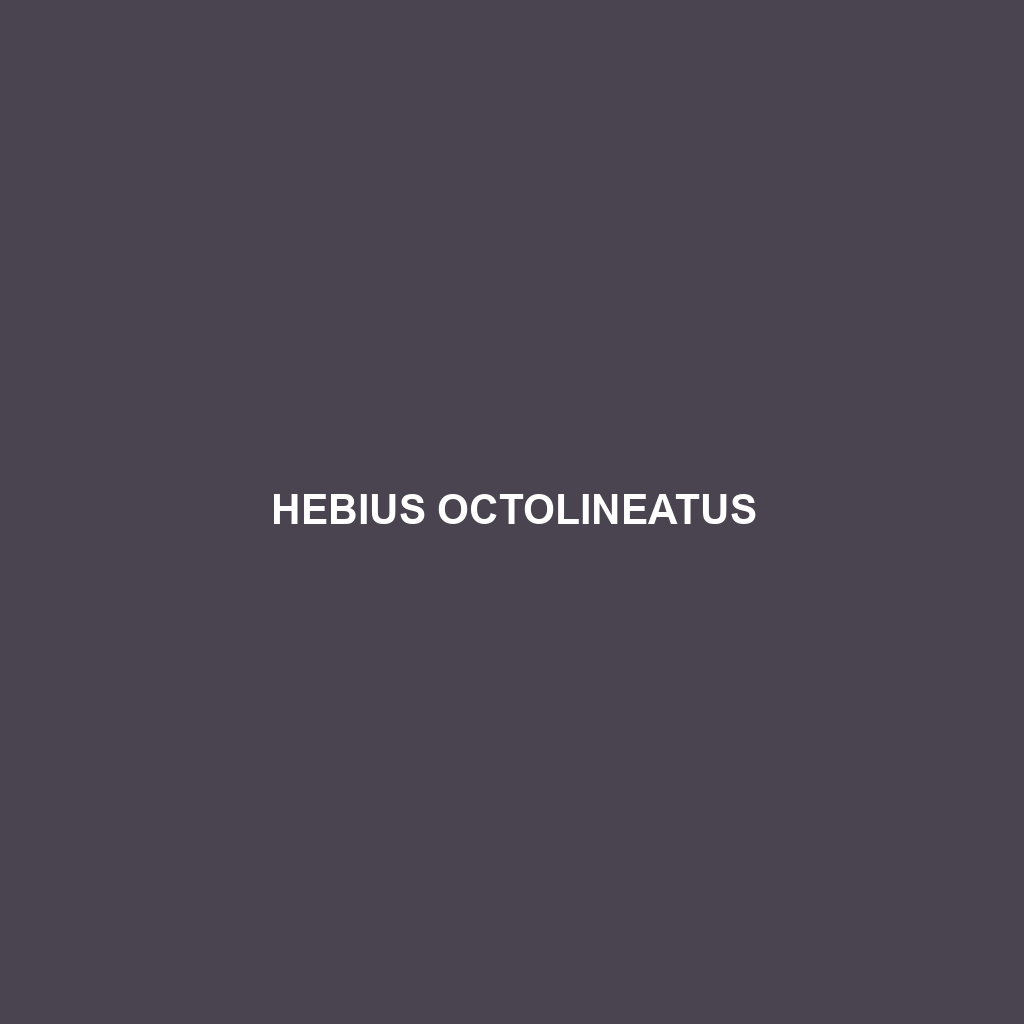Common Name
Hebius octolineatus
Scientific Name
Hebius octolineatus
Habitat
Hebius octolineatus, commonly known as the Eight-lined Snake, thrives in diverse habitats across its geographical range. This species is primarily found in various regions of Southeast Asia, particularly in humid rainforests, temperate forests, and grasslands. It prefers areas with abundant ground cover, such as leaf litter and shrubs, which provide both shelter and hunting grounds. The climate in these habitats is generally warm and humid, suitable for this species’ lifestyle. The presence of water bodies, such as streams or ponds, can also be crucial for its survival, as Hebius octolineatus is often seen in proximity to these areas. The ability to adapt to slightly varying environmental conditions makes it a resilient inhabitant of these ecosystems.
Physical Characteristics
Hebius octolineatus exhibits distinct physical traits that set it apart from other species. Usually measuring between 60 to 100 cm in length, this snake is characterized by its slender body and smooth scales, which contribute to its streamlined appearance. The coloration of Hebius octolineatus is particularly striking, featuring a series of bold, contrasting stripes running along its body. These stripes are typically black or dark brown against a lighter background, such as yellow or gray, providing effective camouflage among the leaves and underbrush. Additionally, the snake has a unique head shape, which is slightly flattened, allowing it to blend into its environment seamlessly.
Behavior
The behavioral patterns of Hebius octolineatus are intriguing, marked by its primarily nocturnal nature. This snake is most active during the night, engaging in hunting and exploration in search of food. Socially, Hebius octolineatus is generally solitary, coming together only during the mating season. Notably, their mating rituals involve complex courtship displays, wherein males may exhibit unique behaviors to attract female partners, including body undulations and scent marking. Additionally, this species is known to exhibit a defensive behavior of coiling and flattening its body in the presence of potential threats, showcasing its ability to protect itself from predators.
Diet
Hebius octolineatus is mainly insectivorous, preying upon a variety of invertebrates and small vertebrates. Its diet predominantly consists of insects, including crickets and beetles, though it may also consume small rodents and amphibians when the opportunity arises. The foraging strategies employed by Hebius octolineatus are quite fascinating; it often utilizes ambush techniques, remaining still and camouflaged until its prey comes within striking distance. This feeding behavior is critical for its energy acquisition, particularly given its active nighttime hunting schedule.
Reproduction
The reproductive cycle of Hebius octolineatus is marked by a seasonal pattern, with mating occurring during the warmer months, typically between April and June. After a gestation period of approximately 60 to 75 days, females give birth to live young, with litters containing anywhere from 3 to 15 offspring. Parental involvement is notably minimal post-birth, as the young are self-sufficient from the moment they are born. However, the hatchlings are smaller replicas of the adults, already displaying the characteristic coloration and patterns that offer them camouflage in their natural habitat.
Conservation Status
The conservation status of Hebius octolineatus is currently classified as Least Concern by the International Union for Conservation of Nature (IUCN). This classification points to a stable population across its range, largely due to its adaptability to various habitats. However, like many species, Hebius octolineatus faces potential threats from habitat destruction and pollution. Conservation efforts are essential to monitor populations and protect their habitats, particularly in regions where deforestation occurs. Environmental education and advocacy can play a significant role in ensuring the continued survival of this species.
Interesting Facts
One fascinating aspect of Hebius octolineatus is its unique ability to camouflage, effectively evading predators and becoming undetectable in its environment. Observations suggest that this snake can change its body posture to enhance its concealment even further. Additionally, this species has a peculiar defense mechanism – when threatened, it can emit a foul-smelling musk to deter predators. This adaptability not only increases its chances of survival but also fascinates researchers studying its unique survival strategies.
Role in Ecosystem
Hebius octolineatus plays a vital role in its ecosystem as both predator and prey. As an insectivore, it helps regulate insect populations, contributing to the overall health of its habitat. By controlling the populations of insects, Hebius octolineatus aids in maintaining a balanced ecosystem. Furthermore, it serves as a food source for larger predators, such as birds of prey and larger snakes, highlighting its importance in the food web. This species exemplifies the interconnected nature of ecosystem dynamics, demonstrating how every species plays a critical role in sustaining ecological balance.

